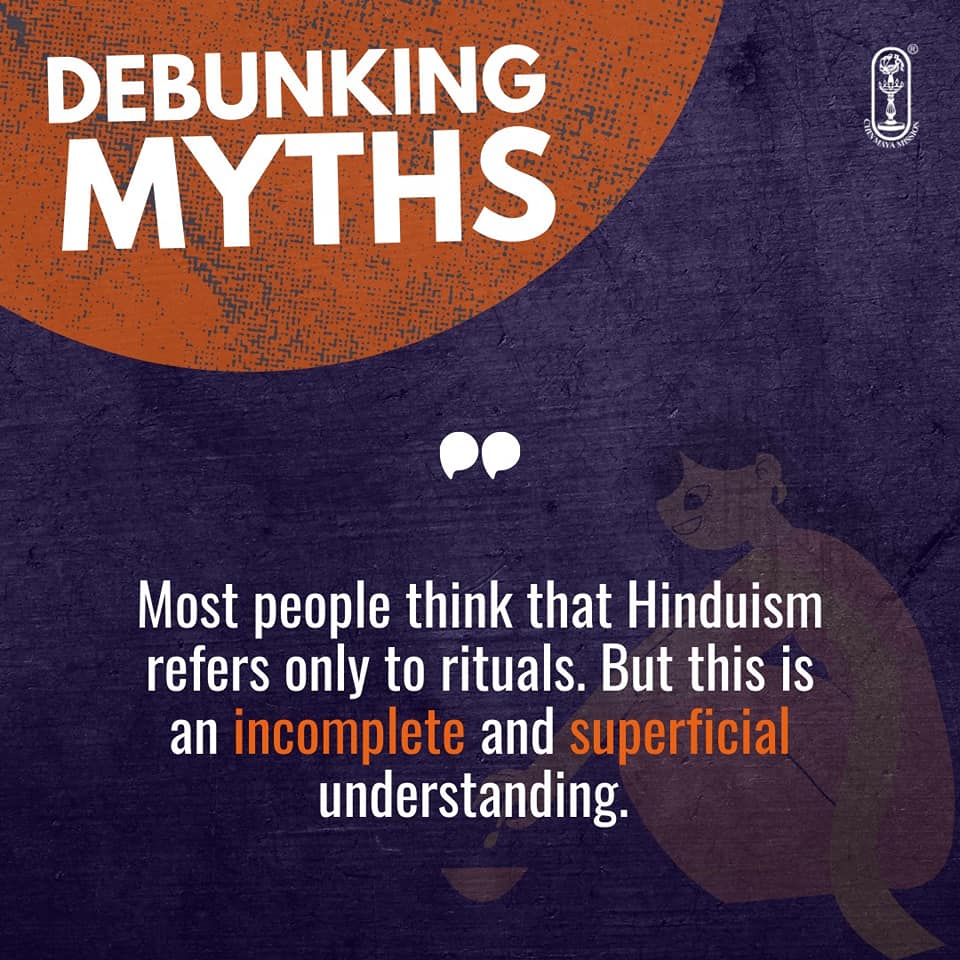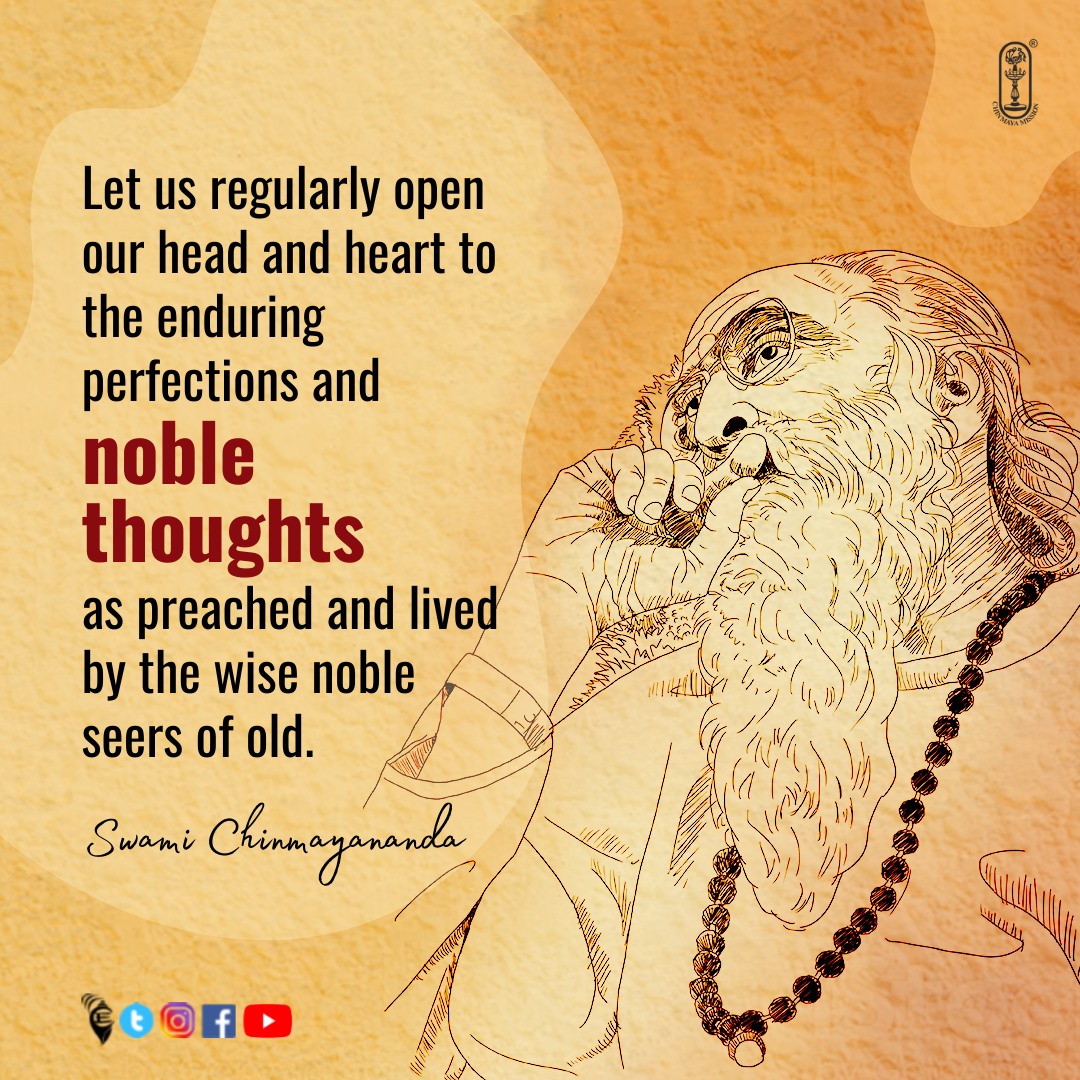Aitareya Upanishad : T.N.Sethumadhavan.
===================================
==================================
Saturday, January 08. 2022. 7:00. PM.
Origin of the Universe & Man
(Part-1) -
=================================
Preamble :
Aitareya Upanishad is a common ground for philosophy and physics. It contains the mahavakya, the great aphorism “prajnanam brahma”, Consciousness is Brahman. Aitareya Upanishad identifies Consciousness as the First Cause of creation. This is forerunner of ‘Unified Field Theory’ or a ‘Theory of Everything’ which the modern physicists are trying to discover although the modern science does not recognize Consciousness as a factor in creation of the universe.
One of the oldest pastimes of man is to run the search engine of his contemplative and analytical faculties to find out the final answer to the riddle of creation of the universe. This question is not merely academic but it also assumes the colors of religion, philosophy, science and poetry.
We have answers to this enigma in every religion. We have scientific theories throwing up endless ever changing conclusions, the most path-breaking of which is Charles Darwin’s “Origin of Species” followed by Stephen Hawking and others. We have philosophers’ speculations and poetic imaginations. But the mystery of creation remains as much unfathomed and unsolved today as in the Vedic days. For a detailed analysis of the subject the reader may refer to my article entitled “Mystery of Creation - Some Vedantic Concepts” under the category ‘Vedanta’
VEDIC PERSPECTIVE ON CREATION :
Creation is interpreted in the Vedas as a developmental course rather than as bringing into being something not hitherto existent. It was considered as an ongoing-process and not an event. The Purusha Sukta of Rig Veda paints a picture of the ideal Primeval Being existing before any phenomenal existence. He is conceived as a cosmic person with a thousand heads, eyes and feet, who filled the whole universe and extended beyond it. The world form is only a fragment of this divine reality. The first principle which is called Purusha manifested as the whole world by his Tapas.
This view gets crystallized into the later Upanishadic doctrine that the spirit or Atman in man (at microcosm) is the same as the spirit which is the cause of the world which goes by the name Brahman or Paramatman (at macrocosm). These theories are discussed in elaborate details in the following Upanishads Viz., Prasna, Aitareya, Mundaka, Taittiriya, Katha, Chandogya, Svetasvatara, Brhadaranyaka, Maitri, Paingala Upanishads besides the Bhagavad Gita and Yoga Vasishtha. Among the latter Acharyas the contributions made by Gaudapada, and Adi Sankara to these thoughts are colossal.
A brief quotation from the article “Cosmology in Vedanta” by Swami Tathagatananda published by Vedanta Society of New York given below brings out lucidly the perspectives of both Vedanta and modern science on this subject.
Quote--“A perceptive reader will find many striking similarities between the latest findings of Astrophysics and ancient Indian cosmological ideas, of which Swamiji (Vivekananda) says: " . . . you will find how wonderfully they are in accordance with the latest discoveries of modern science; and where there is disharmony, you will find that it is modern science which lacks and not they."
Einstein writes that "cosmic expansion may be simply a temporary condition which will be followed at some future epoch of cosmic time by a period of contraction. The universe in this picture is a pulsating balloon in which cycles of expansion and contraction succeed each other through eternity."
The modern astrophysicist, Stephen Hawking, writes: "At the big bang itself, the universe is thought to have had zero size, and so to have been infinitely hot . . . The whole history of science has been the gradual realization that events do not happen in an arbitrary manner, but they reflect a certain underlying order, which may or may not be divinely inspired."
The Vedas also state that creation is ongoing: what has been in the past is being repeated in the new cycle. Stephen Hawking writes, "Thus, when we see the universe, we are seeing it as it was in the past." He further writes, "But how did he [God] choose the initial state or configuration of the universe? One possible answer is to say that God chose the initial configuration of the universe for reasons that we cannot hope to know."
It is perhaps enough for the modern mind to know how great is the similarity. Vedanta does not support the "big bang" theory and its mechanistic materialism. We have merely cited certain common ideas to be found in both.
Brahman is the ultimate Reality. Brahman is impersonal-personal God. Impersonal God may be called the static aspect and personal God may be called the dynamic aspect of Brahman. The static aspect Anid Avatam - as Rg-Veda puts it, "It existed without any movement." Brahman is truth, Consciousness and Infinitude. Knowledge, will and action are inherent in Brahman. God projects the universe by animating His prakriti (maya).
Astrophysics and Advaita Vedanta agree on certain points. Advaita Vedanta upholds the notion of the pulsating or oscillating universe. Creation is followed by dissolution and this process will continue ad infinitum. Science used the term "big bang" for the starting point of creation and "big crunch" for the dissolution of the universe.
The "cosmic egg” of Vedanta, which is like a point, is called singularity in astrophysics. The background material of the scientist cannot be accepted as the source of creation. That is the biggest difference between the two systems. Science is still exploring and remains inconclusive but Vedanta has given the final verdict, which is unassailable. Unless there is one changeless Reality, change cannot be perceived at all”.--Unquote
We will now attempt to study the Aitareya Upanishad in detail.
*****
Next Introduction to the Aitareya Upanishad
To be continued ...
=======================================










Comments
Post a Comment